Home>Renovation & DIY>Tools & Equipment>How To Sand Wood Without Sandpaper
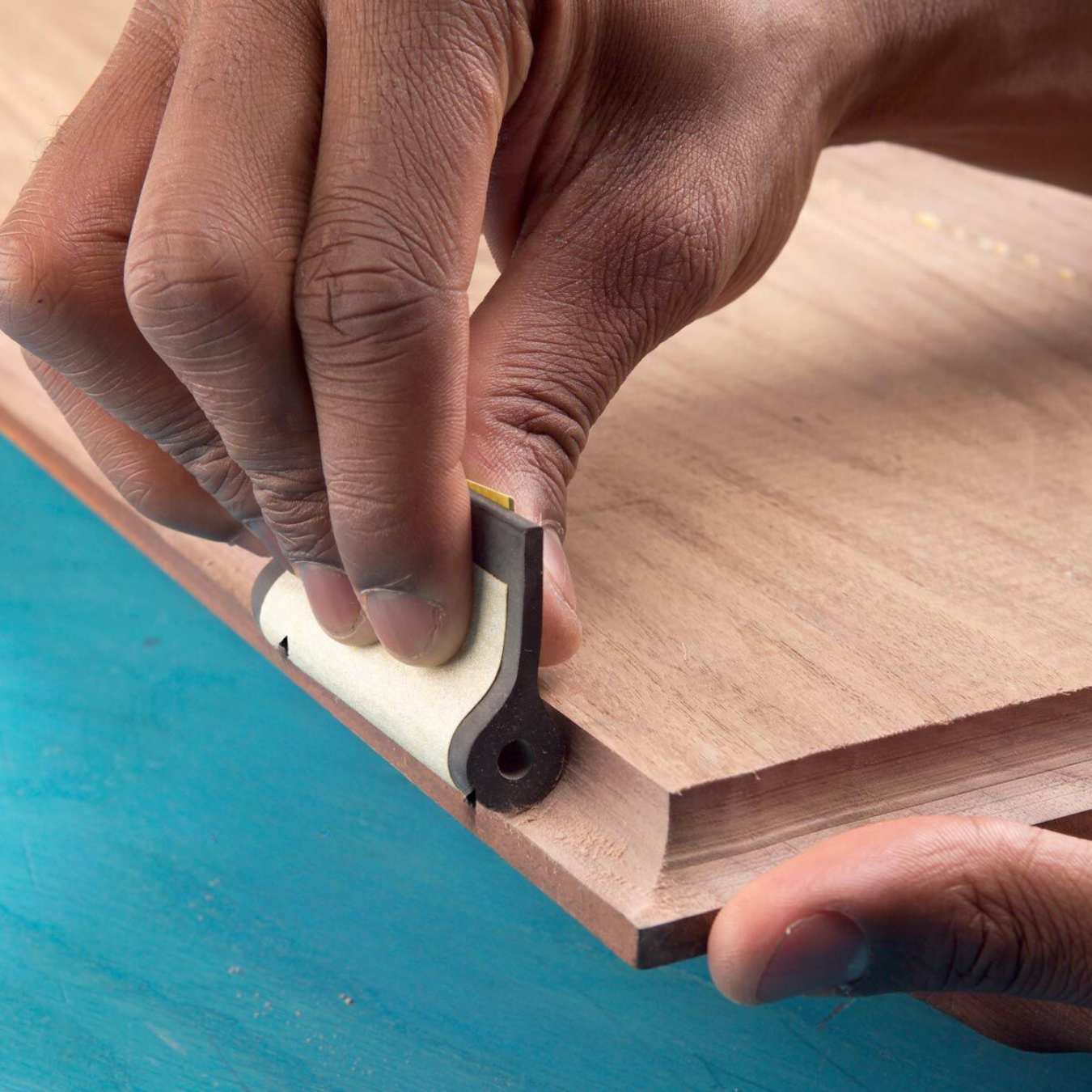

Tools & Equipment
How To Sand Wood Without Sandpaper
Modified: May 6, 2024
Discover effective techniques for sanding wood without sandpaper using various tools and equipment. Achieve smooth and polished results with these alternative methods.
(Many of the links in this article redirect to a specific reviewed product. Your purchase of these products through affiliate links helps to generate commission for Storables.com, at no extra cost. Learn more)
Introduction
Sanding wood is a fundamental step in various woodworking projects, whether you are refinishing furniture, crafting a new piece, or indulging in a DIY endeavor. While sandpaper is the conventional tool for this task, there are alternative methods to achieve a smooth and polished finish. In this article, we will explore several innovative techniques for sanding wood without using traditional sandpaper. These methods offer versatility, efficiency, and unique results, providing woodworkers with alternative options for achieving exceptional finishes.
Whether you are a seasoned woodworker seeking new approaches or a novice exploring the craft, these alternative sanding methods can broaden your skill set and enhance your woodworking repertoire. From utilizing sanding blocks and sponges to employing wire brushes, planers, and rotary tools with sanding accessories, there are numerous ways to achieve a professional finish without relying solely on sandpaper. Join us as we delve into these unconventional yet effective techniques, offering insights and tips for each method to help you achieve outstanding results in your woodworking projects.
Key Takeaways:
- Discover innovative ways to sand wood without traditional sandpaper, such as using sanding blocks, sponges, wire brushes, planers, and rotary tools. These alternative methods offer versatility, efficiency, and unique results, expanding woodworking possibilities.
- Embrace unconventional sanding techniques to achieve exceptional wood finishes while minimizing waste and maximizing tool lifespan. Explore alternative methods for a sustainable and environmentally friendly approach to woodworking, unlocking new dimensions of creativity and craftsmanship.
Read more: How To Sand Wood Using Sandpaper
Using a Sanding Block
When it comes to sanding wood without sandpaper, a sanding block is a versatile and effective alternative. A sanding block typically consists of a firm yet cushioned material, such as rubber or foam, with a surface designed to securely hold sanding sheets or pads. This tool provides excellent control and even pressure distribution, resulting in a consistent and smooth finish on wood surfaces.
To use a sanding block, start by choosing the appropriate grit sanding sheet or pad based on the wood’s condition and the desired level of smoothness. Secure the sanding sheet to the block’s surface, ensuring a snug fit to prevent slippage during sanding. With the sanding block in hand, apply even pressure and move it in the direction of the wood grain. This technique helps prevent scratches and ensures a uniform finish.
One of the key advantages of using a sanding block is its ability to reach into tight spaces and intricate details, making it an ideal option for refinishing furniture, shaping wooden edges, or smoothing curved surfaces. Additionally, the reusable nature of sanding sheets and pads allows for cost-effective and environmentally friendly sanding practices.
For more challenging wood surfaces, consider starting with a coarser grit to remove imperfections and then progress to finer grits for a smoother finish. This gradual refinement process can transform rough wood into a polished masterpiece. Whether you are working on a small craft project or a large woodworking endeavor, a sanding block offers precision and control, enabling you to achieve professional results without traditional sandpaper.
Using a Sanding Sponge
When traditional sandpaper is not readily available, a sanding sponge emerges as a valuable and convenient tool for achieving smooth and refined wood surfaces. Comprised of a flexible foam block with abrasive surfaces on multiple sides, a sanding sponge offers versatility and ease of use. This alternative sanding method is particularly effective for intricate woodwork, curved edges, and contoured surfaces.
To utilize a sanding sponge, begin by selecting the appropriate grit level based on the wood’s condition and the desired smoothness. The sponge’s pliable nature allows for easy maneuvering around irregular shapes and tight corners, making it an excellent choice for detailed woodworking projects. Whether you are refining intricate carvings, smoothing rounded edges, or preparing wooden surfaces for finishing, a sanding sponge provides the flexibility and control necessary to achieve exceptional results.
Furthermore, the durability and reusability of sanding sponges make them a cost-effective and sustainable option for wood sanding. As the abrasive surfaces wear down over time, simply rotate the sponge to utilize a fresh section, maximizing its lifespan and efficiency. This feature ensures that you can tackle multiple sanding tasks with a single sponge, reducing waste and minimizing the need for frequent replacements.
Additionally, the ergonomic design of sanding sponges allows for comfortable and prolonged use, enabling woodworkers to maintain precision and consistency throughout their projects. Whether you are a seasoned craftsman or an aspiring woodworking enthusiast, incorporating a sanding sponge into your toolkit can elevate the quality of your wood finishes while offering a convenient and accessible alternative to traditional sandpaper.
Using a Wire Brush
When faced with the challenge of sanding wood without traditional sandpaper, a wire brush emerges as a unique and effective alternative. Unlike sandpaper, which abrades the wood surface, a wire brush utilizes sturdy bristles to remove debris, smooth rough areas, and impart a distinct texture to the wood. This unconventional method is particularly suitable for enhancing the natural grain and character of wood while achieving a rustic or weathered appearance.
To utilize a wire brush for wood sanding, select a brush with bristles that suit the wood’s hardness and the desired level of texturing. When using the wire brush, it is essential to follow the direction of the wood grain to achieve a consistent and natural-looking finish. This technique allows the bristles to gently remove imperfections and raise the wood grain, resulting in a tactile and visually appealing surface.
One of the notable advantages of using a wire brush is its ability to create unique textural effects on wood, making it an ideal choice for projects that require a distinct aesthetic appeal. Whether you are crafting rustic furniture, accentuating wooden architectural elements, or adding character to woodworking creations, a wire brush offers a versatile and artistic approach to wood finishing.
Furthermore, the use of a wire brush can be particularly beneficial for reclaimed or weathered wood, as it can revitalize the material by removing surface contaminants and revealing its natural beauty. This method also provides an environmentally friendly option for wood sanding, as it does not produce dust or require disposable abrasives, contributing to a sustainable and eco-conscious approach to woodworking.
By incorporating a wire brush into your woodworking toolkit, you can explore innovative texturing techniques and elevate the visual and tactile appeal of your wood projects. Whether you seek to impart a weathered patina, accentuate wood grain, or create a distinctive finish, the wire brush offers a creative and unconventional method for achieving exceptional results without traditional sandpaper.
Use a wire brush or steel wool to remove old finish and smooth the wood. For curved or intricate areas, use a rotary tool with a sanding drum attachment. Always sand with the grain of the wood.
Using a Planer
When traditional sandpaper is not readily available or suitable for the task at hand, a planer presents an alternative approach to refining and smoothing wood surfaces. A planer is a versatile woodworking tool designed to trim and level the surface of lumber, effectively removing imperfections and creating a uniform thickness. While primarily used for dimensioning lumber, a planer can also serve as a viable alternative for sanding wood, especially when dealing with rough or uneven surfaces.
To utilize a planer for wood sanding, begin by adjusting the cutting depth to remove thin layers of wood with each pass. This gradual approach allows for precise control over the material removal process, resulting in a smooth and even surface. Whether you are working with hardwood, softwood, or engineered wood, a planer can effectively address inconsistencies and irregularities, producing a refined and professional finish.
One of the key advantages of using a planer for wood sanding is its efficiency in handling larger surface areas and thicker stock. This makes it an ideal choice for projects involving substantial wood panels, tabletops, or other sizable components. The planer’s robust cutting blades and motorized operation enable swift material removal, significantly reducing the time and effort required to achieve a polished surface.
Furthermore, a planer can be particularly beneficial for woodworking tasks that demand precise thickness control, such as creating uniform wooden boards for cabinetry, flooring, or carpentry projects. By incorporating a planer into your wood sanding process, you can streamline the surface preparation and dimensioning stages, leading to enhanced productivity and consistent results.
Whether you are a professional woodworker or an avid DIY enthusiast, the versatility and efficiency of a planer as an alternative wood sanding tool can expand your capabilities and elevate the quality of your projects. By harnessing the power of a planer, you can achieve exceptional smoothness and uniformity in wood surfaces, transcending the limitations of traditional sandpaper and embracing a dynamic approach to woodworking.
Read more: How To Sand Spackle Without A Sandpaper
Using a Rotary Tool with Sanding Accessories
When traditional sandpaper is unavailable or impractical for a specific woodworking task, a rotary tool equipped with sanding accessories offers a versatile and precise alternative for achieving smooth and refined wood surfaces. A rotary tool, such as a Dremel, combined with a variety of sanding attachments, provides woodworkers with the flexibility to tackle intricate details, tight spaces, and delicate contours.
To utilize a rotary tool for wood sanding, begin by selecting the appropriate sanding attachment based on the project’s requirements and the intricacy of the wood surface. Whether using sanding drums, discs, or bands, these accessories can be easily attached to the rotary tool, allowing for seamless transitions between different grit levels and sanding profiles.
One of the key advantages of using a rotary tool with sanding accessories is its ability to address fine details and intricate designs with precision. This makes it an ideal choice for woodworking projects that involve intricate carvings, inlays, or decorative elements. The controlled and high-speed rotation of the tool, combined with the various sanding attachments, enables woodworkers to achieve smooth and polished finishes in challenging areas that may be difficult to reach with traditional sandpaper.
Furthermore, the portability and maneuverability of a rotary tool make it a valuable asset for on-site woodworking tasks or projects that require intricate sanding in confined spaces. Whether you are refining wooden crafts, restoring antique furniture, or embellishing woodworking creations, a rotary tool with sanding accessories empowers you to achieve professional results with precision and efficiency.
Additionally, the versatility of a rotary tool extends beyond sanding, as it can be utilized for drilling, carving, and engraving, offering multifaceted functionality in woodworking and craftsmanship. By incorporating a rotary tool into your toolkit, you can elevate the quality of your wood finishes and expand your creative possibilities, transcending the limitations of traditional sandpaper and embracing a dynamic and adaptable approach to woodworking.
Conclusion
Exploring alternative methods for sanding wood without traditional sandpaper unveils a diverse range of innovative techniques that can enhance the quality and creativity of woodworking projects. From utilizing sanding blocks and sponges to employing wire brushes, planers, and rotary tools with sanding accessories, woodworkers have a multitude of options for achieving exceptional finishes while expanding their skill set and repertoire.
By embracing these unconventional yet effective sanding methods, woodworkers can unlock new dimensions of versatility, efficiency, and artistic expression in their craft. Whether refining furniture, crafting intricate woodwork, or engaging in DIY endeavors, these alternative techniques offer unique advantages and open doors to imaginative approaches to wood finishing.
Moreover, the reusability, sustainability, and cost-effectiveness of these alternative sanding tools contribute to a conscientious and environmentally friendly approach to woodworking. By minimizing waste, maximizing tool lifespan, and reducing reliance on disposable abrasives, woodworkers can adopt practices that align with sustainable principles while achieving exceptional results.
As the woodworking landscape continues to evolve, the exploration of unconventional sanding methods underscores the adaptability and ingenuity of craftsmen and artisans. By integrating these alternative techniques into their woodworking toolkit, practitioners can elevate the quality of their work, transcend the limitations of traditional sandpaper, and embark on a journey of continuous innovation and creative exploration.
Whether you are a seasoned woodworker seeking new approaches or a novice eager to expand your woodworking horizons, the diverse array of alternative sanding methods presented in this article offers valuable insights and inspiration for achieving outstanding results in woodworking projects. Embrace the versatility, efficiency, and creative potential of alternative sanding tools, and embark on a woodworking journey enriched by innovation, sustainability, and exceptional craftsmanship.
Now that you've learned about sanding wood without sandpaper, why not delve into creating your own furniture pieces? Mastering furniture making can open up a world of creativity and customization in home decor. Whether you're looking to craft a unique coffee table or a set of dining chairs, understanding the basics of furniture construction is invaluable. Get started on this exciting journey and add a personal touch to your living spaces.
Frequently Asked Questions about How To Sand Wood Without Sandpaper
Was this page helpful?
At Storables.com, we guarantee accurate and reliable information. Our content, validated by Expert Board Contributors, is crafted following stringent Editorial Policies. We're committed to providing you with well-researched, expert-backed insights for all your informational needs.

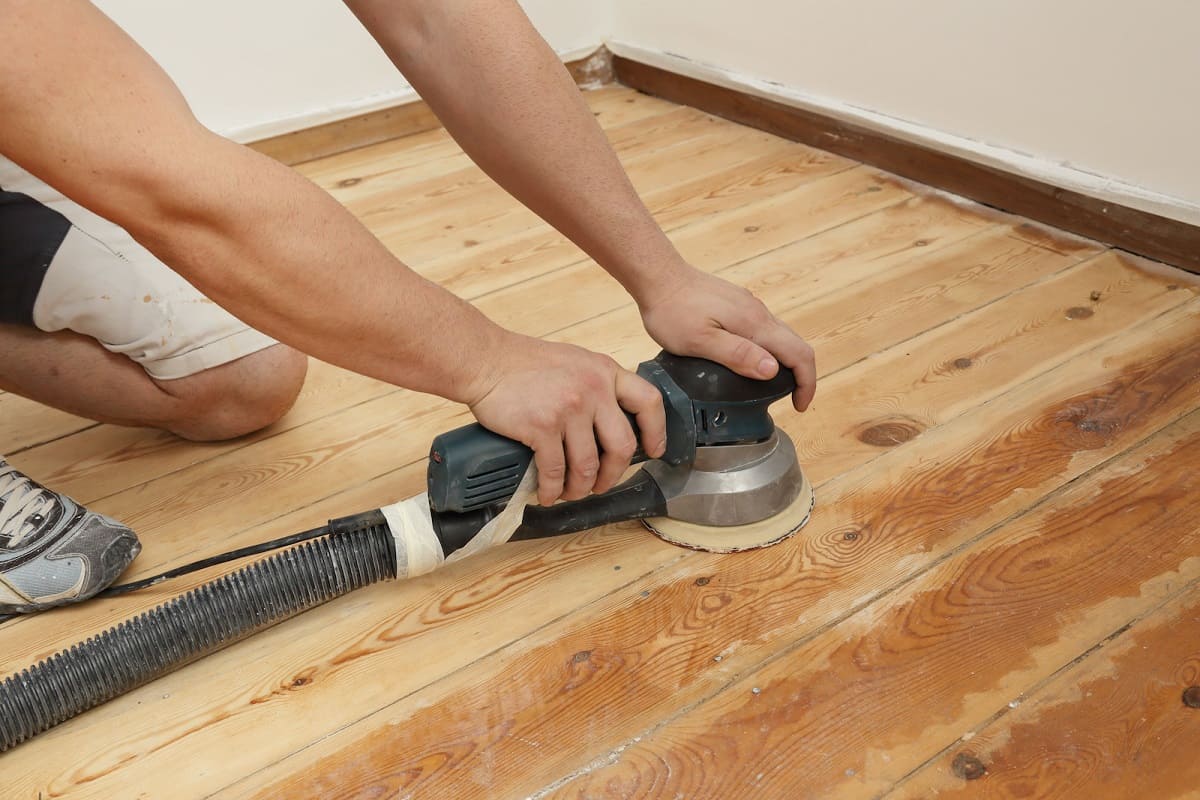
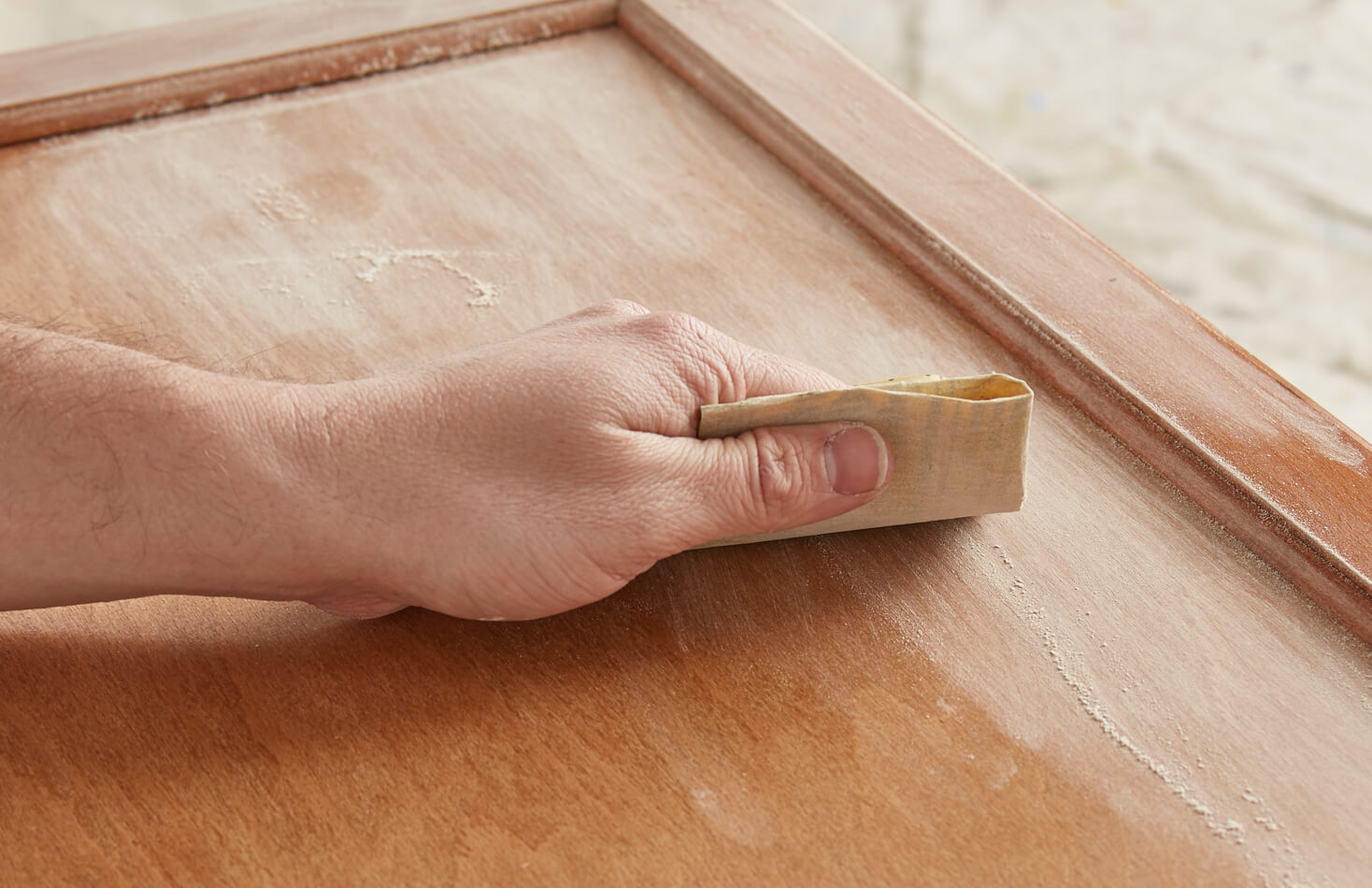
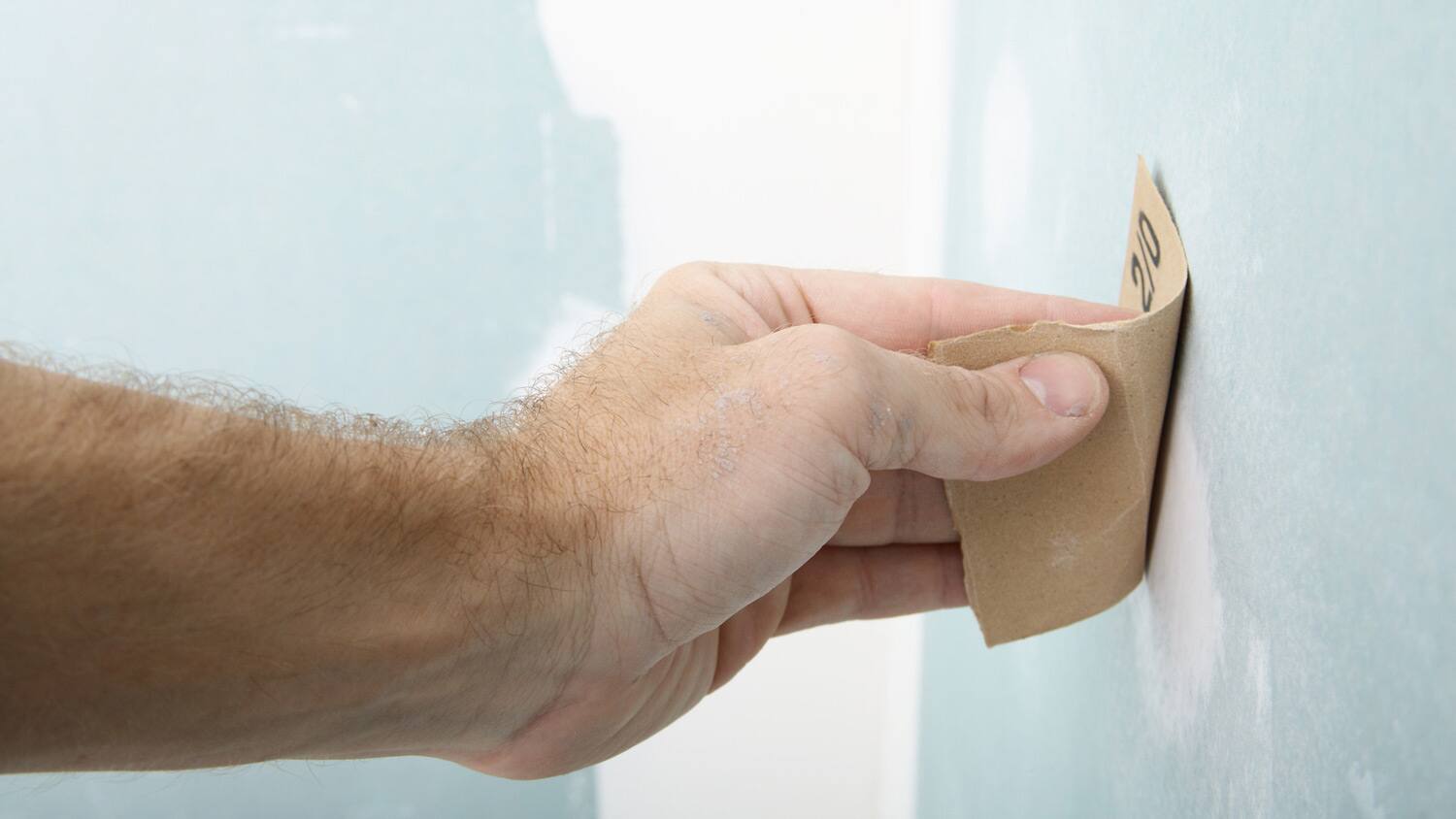
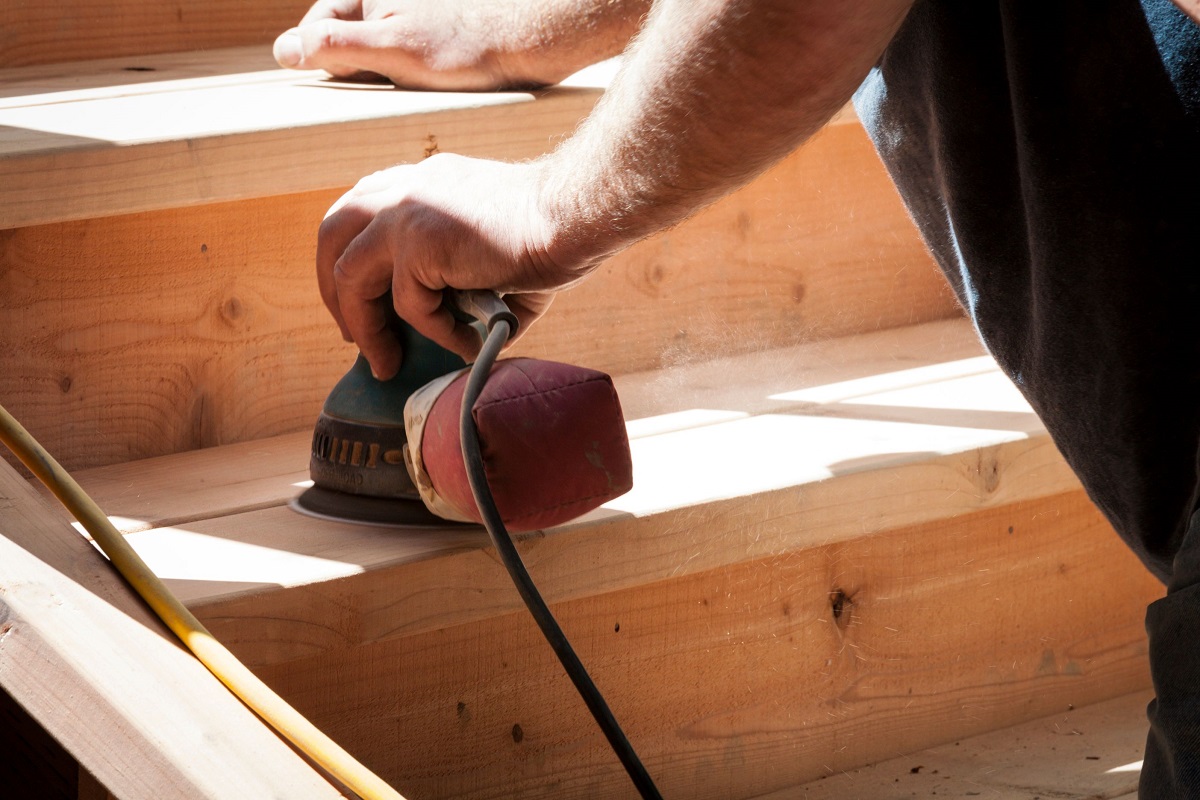
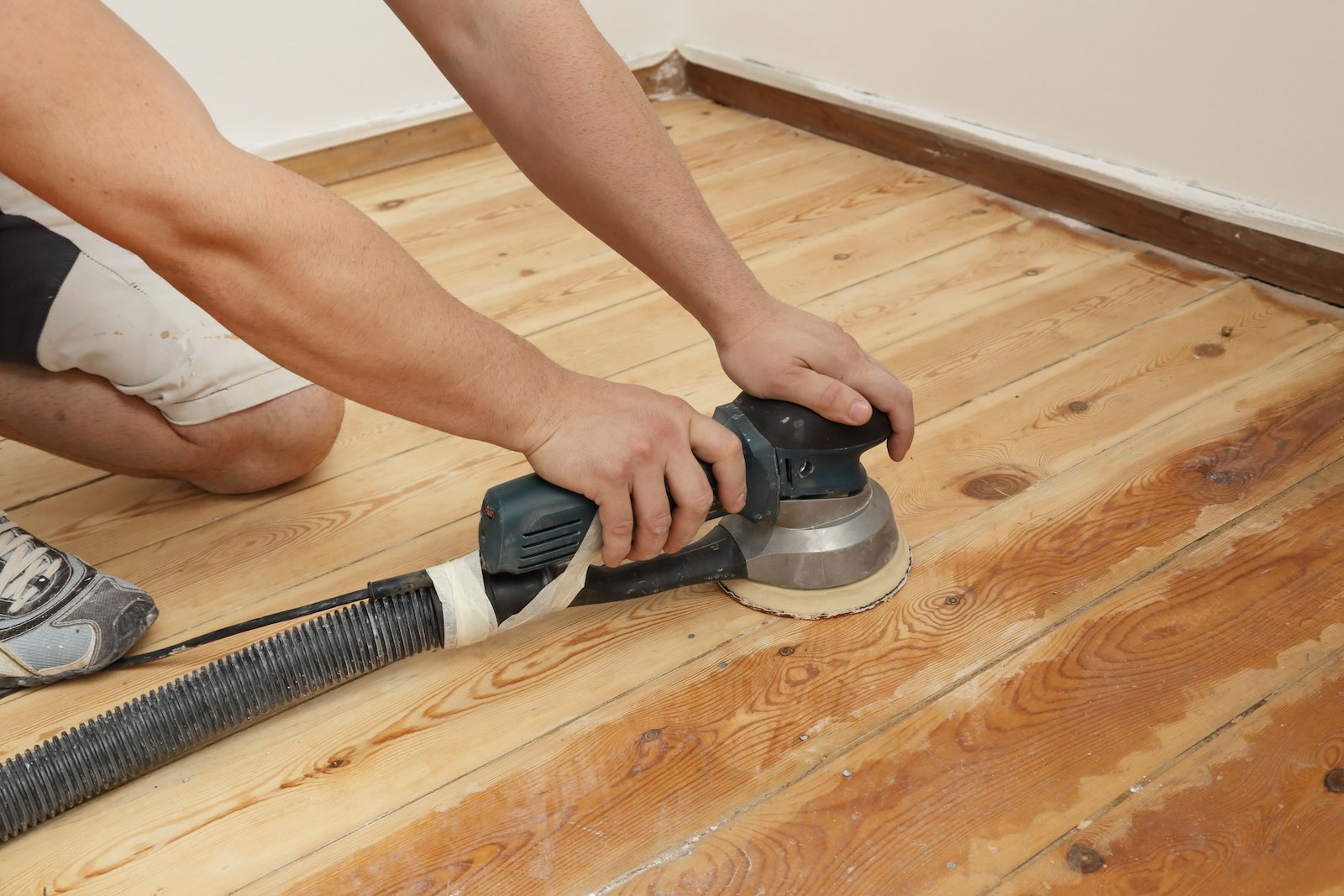
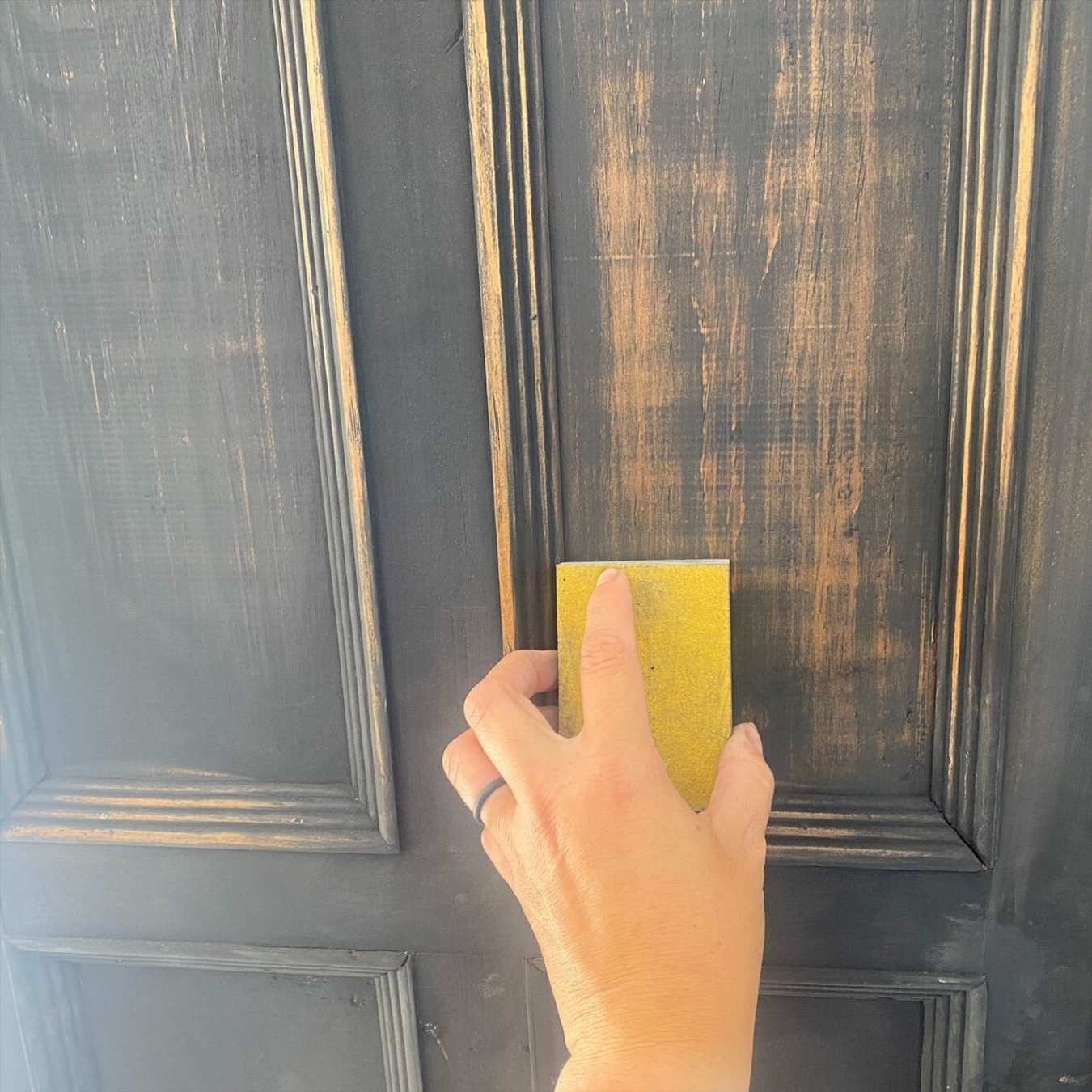
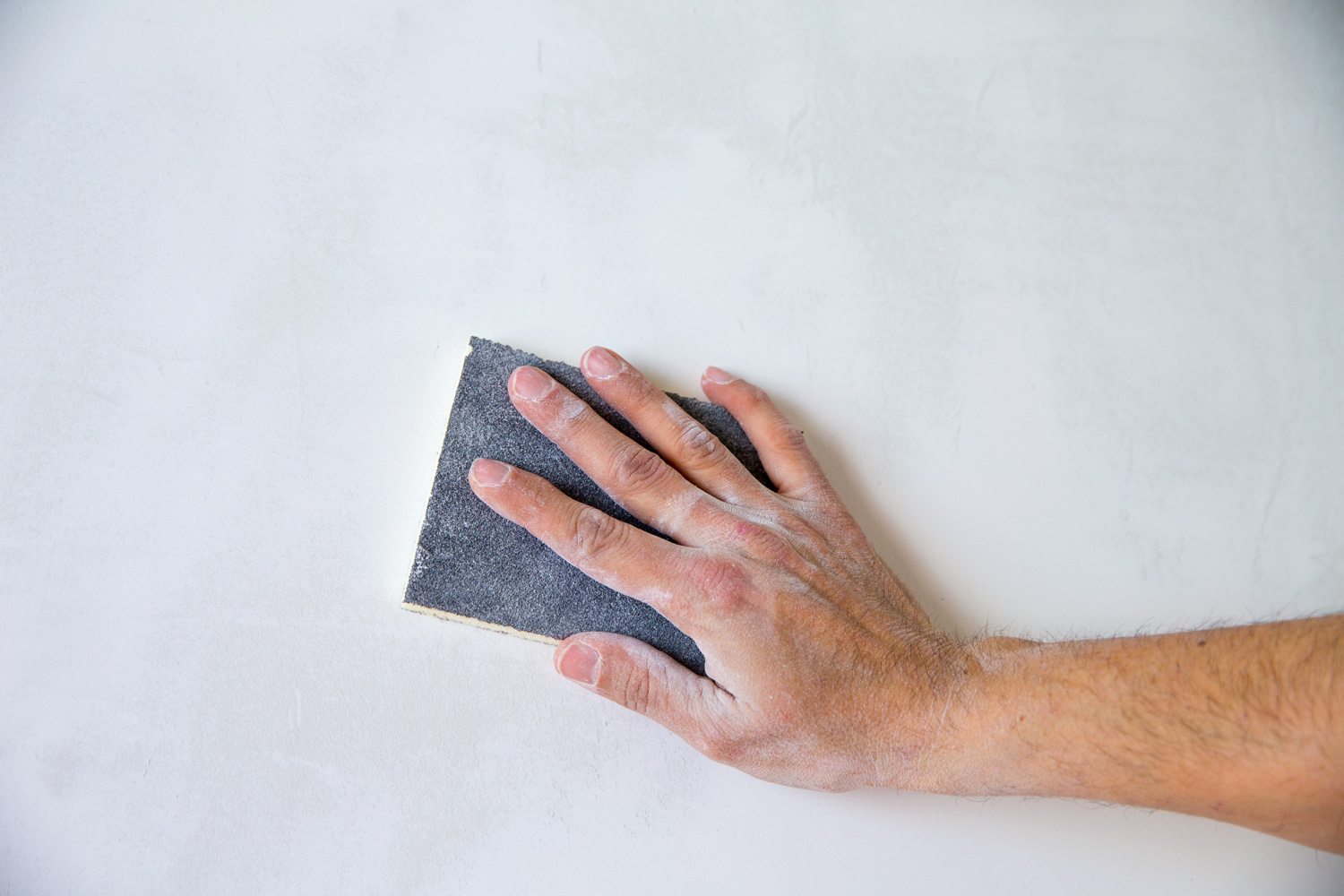


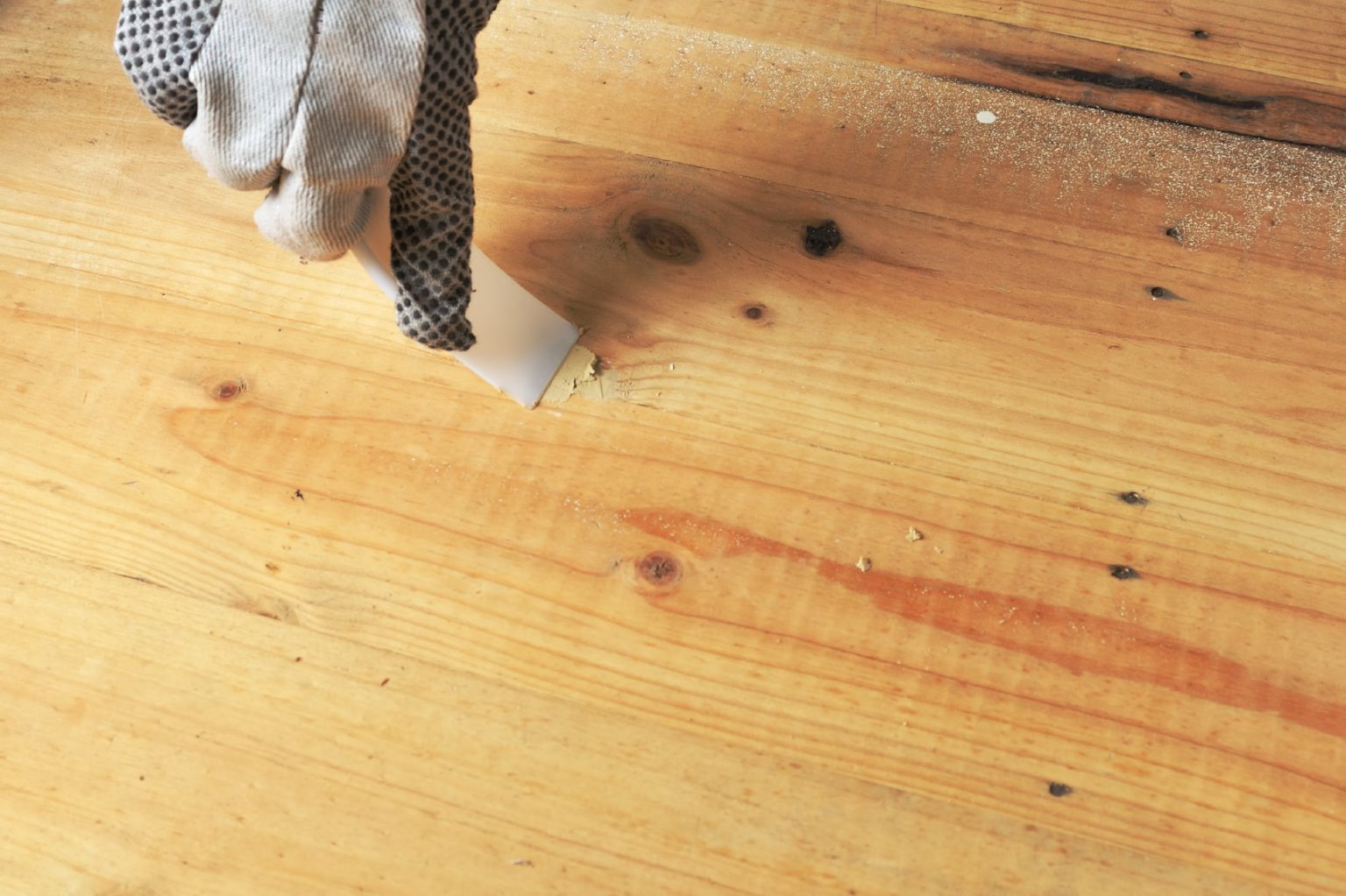
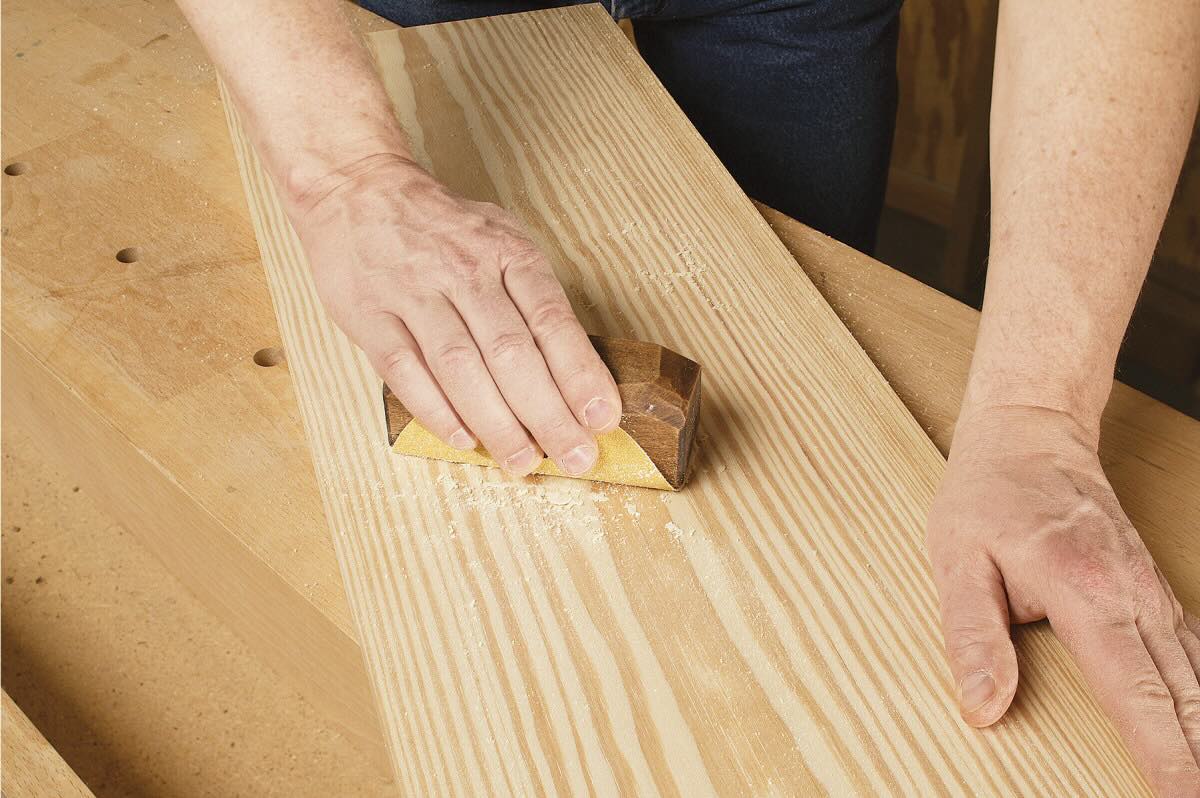
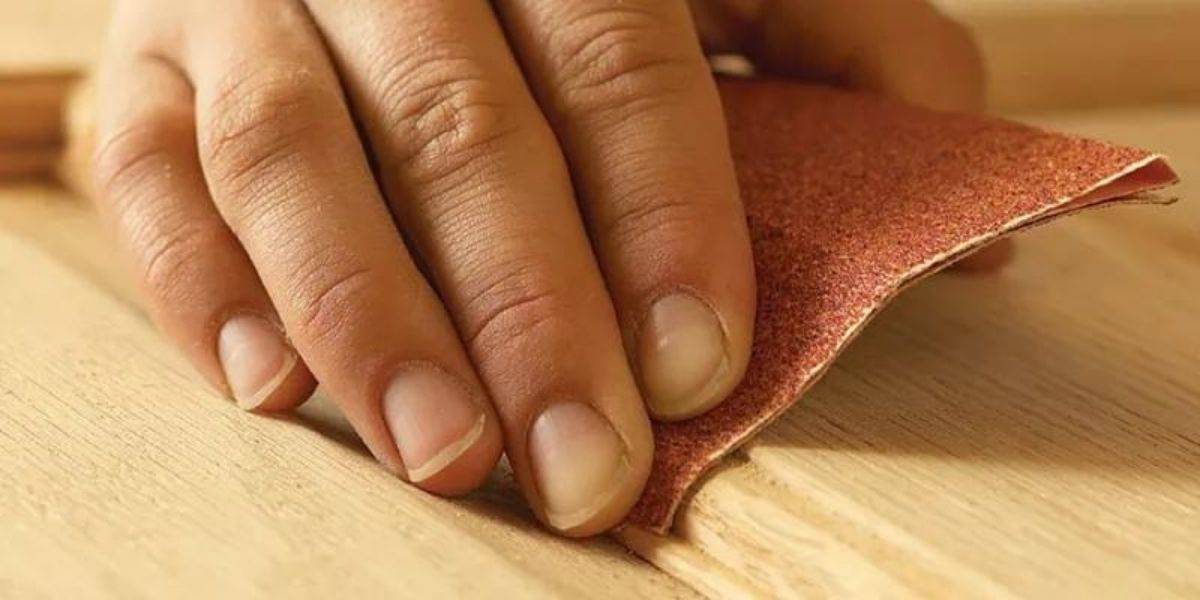
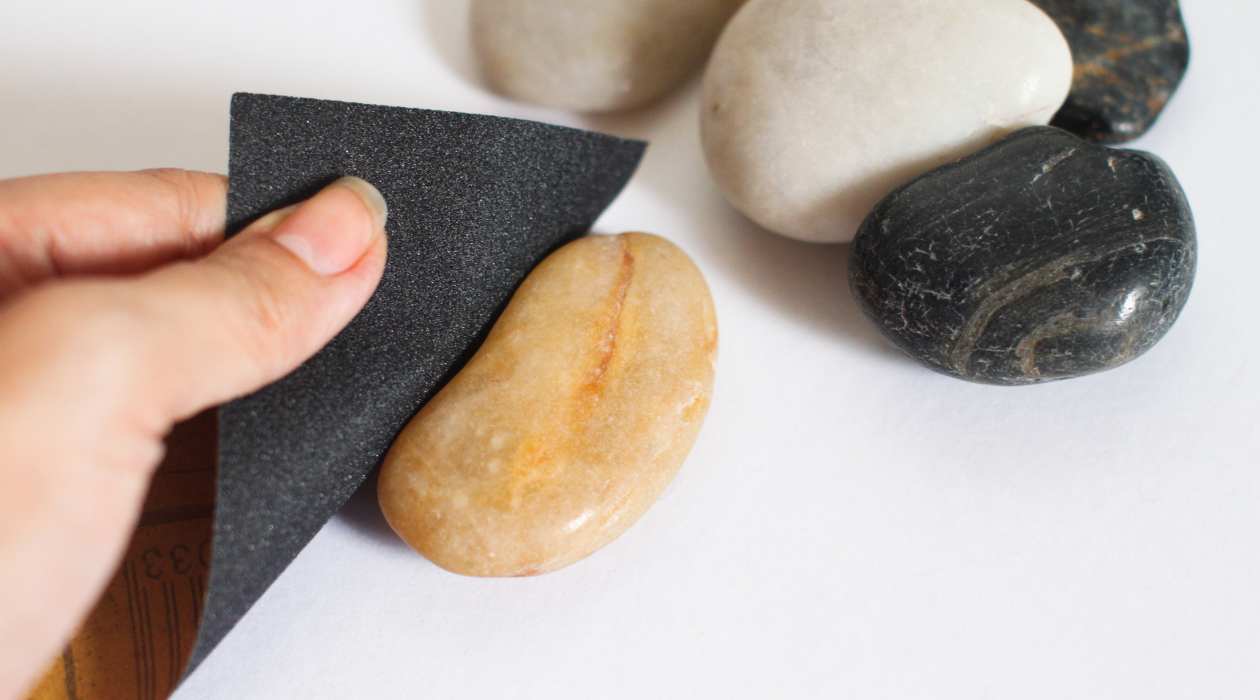

0 thoughts on “How To Sand Wood Without Sandpaper”